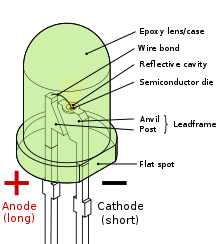In this article, I will be discussing the topic of LED grow lights for hydroponics and comparing them with metal halide lights. Throughout the article, we will explore the benefits and drawbacks of each type of light, as well as how they differ in terms of energy efficiency, lifespan, and overall effectiveness for plant growth. By the end of this article, you will have a better understanding of which type of light may be more suitable for your hydroponic growing needs.
Comparing LED Grow Lights with Metal Halide Lights
In the world of indoor gardening and horticulture, choosing the right lighting system is crucial to the success of your plants. LED grow lights and metal halide lights are two popular options, each with their own unique advantages and disadvantages. In this article, I will compare and contrast the benefits, light spectra, light intensity, heat emission, optimal applications, cost and energy efficiency, as well as the environmental impact of both LED grow lights and metal halide lights. By the end, you’ll have a better understanding of which lighting system is best suited for your needs.
Benefits of LED Grow Lights
Energy Efficiency
LED grow lights are known for their superior energy efficiency compared to traditional lighting systems. These lights use less energy while still providing the necessary light intensity for plant growth. LED technology has come a long way, and modern LED grow lights are capable of producing high-quality light while consuming minimal power. This energy efficiency not only helps you save on electricity bills but also reduces your carbon footprint.
Long Lifespan
LED grow lights have an impressive lifespan compared to metal halide lights. On average, LED grow lights can last up to 50,000 hours, while metal halide lights typically last around 10,000 hours. This extended lifespan means you won’t have to replace LED grow lights as often, saving you money and reducing waste. Additionally, the longevity of LED grow lights ensures consistent lighting for your plants throughout their growth cycles.
Customizable Spectrum
One of the significant advantages of LED grow lights is their ability to provide a customizable spectrum. Different plants have varying light requirements at different stages of growth. LED grow lights can be adjusted to emit specific wavelengths of light, allowing you to tailor the light spectrum to the needs of your plants. This customization promotes optimal growth, flowering, and fruiting, resulting in healthier and more productive plants.
Advantages of Metal Halide Lights
High Intensity Light
Metal halide lights are well-known for their high-intensity output. These lights provide intense light in the blue spectrum, which is essential for vegetative growth. The high light intensity of metal halide lights promotes robust leaf development, ensuring healthy and vigorous plant growth. This makes metal halide lights an excellent choice for the early stages of plant growth, especially when focusing on leafy green vegetables or any plant that requires a lot of foliage.
Suitable for Vegetative Growth
Metal halide lights emit a spectrum of light that closely mimics natural sunlight, making them ideal for vegetative growth. The blue spectrum these lights produce encourages leafy and bushy growth, providing the necessary light energy for photosynthesis. If your focus is on promoting lush, green foliage, metal halide lights are a reliable choice.
Affordable Option
When it comes to upfront cost, metal halide lights tend to be more affordable compared to LED grow lights. This cost advantage can be beneficial, especially for beginners or hobbyist gardeners who may have a limited budget. Metal halide lights are readily available and offer a cost-effective solution for providing high-intensity light during the vegetative stage of plant growth.
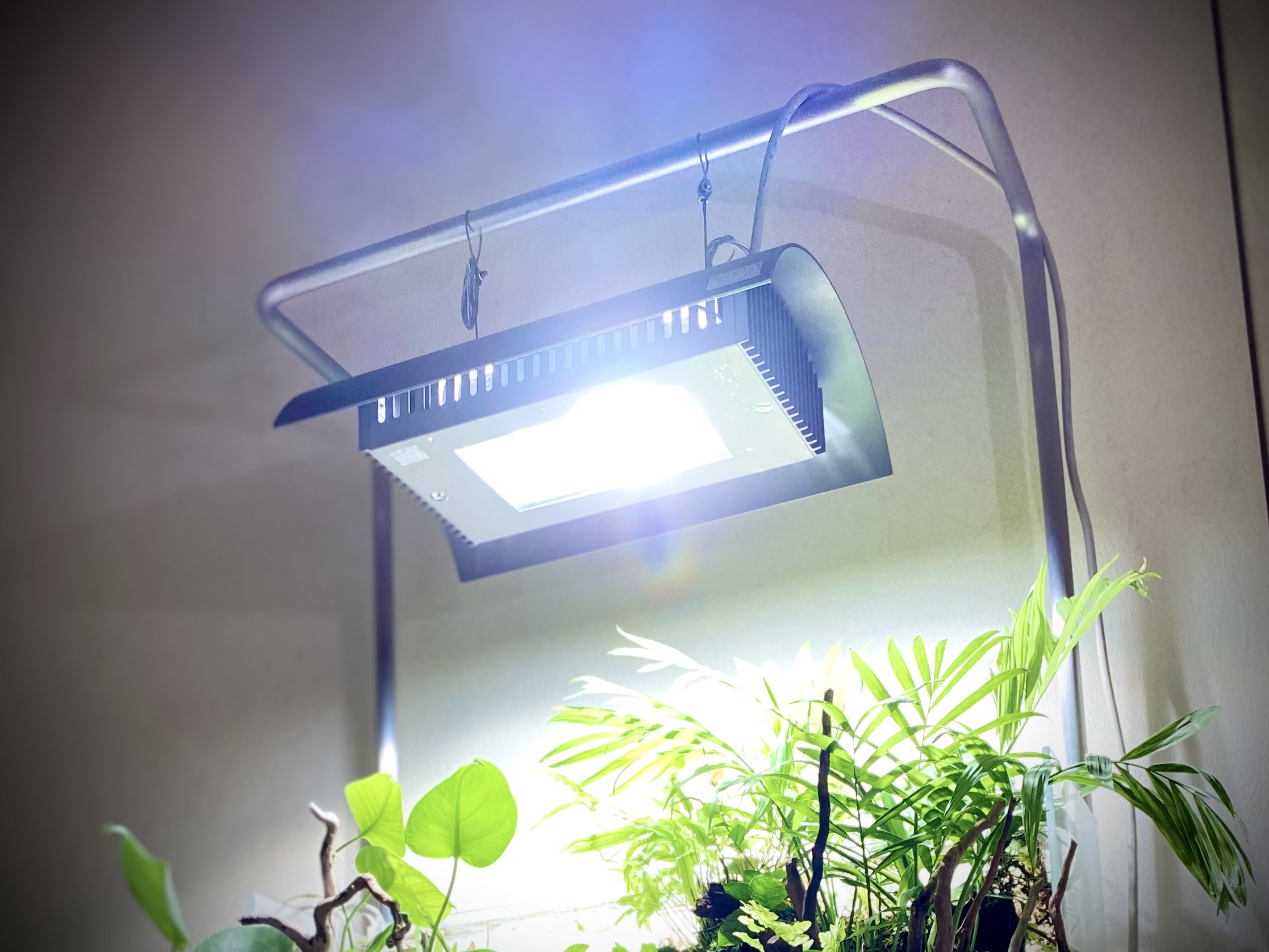
This image is property of aqua-rinssweetroom.info.
Light Spectrum Comparison
LED Grow Lights Spectrum
LED grow lights offer a wide range of spectra to choose from. Depending on the needs of your plants, you can select LED grow lights that emit specific wavelengths, including blue, red, white, and even full-spectrum options. These tailored spectrums allow you to optimize plant growth and target specific stages, such as the vegetative or flowering phase.
Metal Halide Lights Spectrum
Metal halide lights primarily emit light in the blue spectrum, which is ideal for vegetative growth. While they offer a balanced spectrum that closely resembles natural sunlight, metal halide lights may not provide the full range of wavelengths needed for complete plant development. Additional supplemental lighting may be required during the flowering stage to enhance yield and quality.
Comparison of Light Intensity
Measuring Light Intensity
Light intensity plays a crucial role in plant growth and development. It determines how much energy a plant receives for photosynthesis. Light intensity is typically measured in foot-candles or lux.
LED Grow Lights Intensity vs Metal Halide Lights Intensity
LED grow lights are known for their ability to deliver high light intensity with low energy consumption. These lights can produce intense light output that is suitable for a wide range of plants. On the other hand, metal halide lights offer high-intensity light, especially in the blue spectrum. While both lighting systems can provide sufficient light intensity, it is important to consider the specific requirements of your plants and adjust the height and positioning of the lights accordingly.
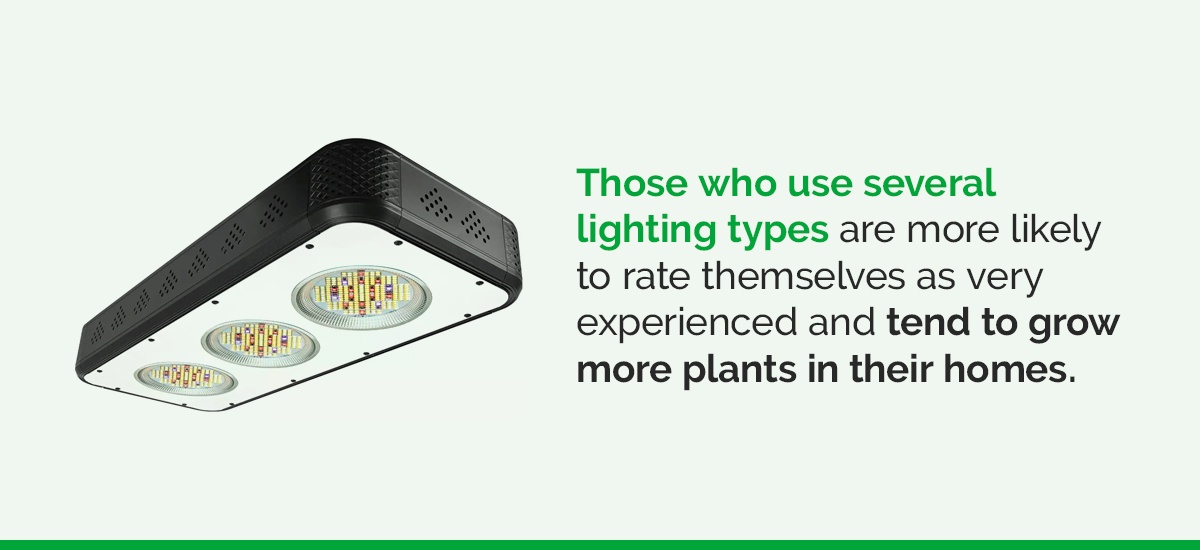
This image is property of e36jokz4maw.exactdn.com.
Heat Emission Comparison
LED Grow Lights Heat Emission
LED grow lights have the advantage of minimal heat emission. LEDs are highly efficient at converting electrical energy into light, with very little wasted energy being released as heat. This reduced heat emission not only creates a more comfortable environment for plants but also helps maintain a balanced temperature in your indoor growing space.
Metal Halide Lights Heat Emission
Metal halide lights emit more heat compared to LED grow lights. These lights can generate significant amounts of heat, which can lead to increased temperatures in your growing area. It is crucial to manage this heat to prevent plant stress or damage. Proper ventilation and cooling systems must be in place when using metal halide lights.
Optimal Applications of LED Grow Lights
Indoor Gardening
LED grow lights are ideal for indoor gardening due to their energy efficiency, customizable spectrum, and low heat emission. With LED grow lights, you can easily set up a compact and efficient garden indoors without the need for natural sunlight. These lights provide the necessary lighting conditions for plants to thrive, allowing you to grow a wide variety of plants, including herbs, vegetables, and flowering plants.
Greenhouse Cultivation
Greenhouses provide a controlled environment for growing plants, and LED grow lights are a perfect fit for this setting. Their energy efficiency and customizable spectrum make them ideal for supplementing natural sunlight and providing consistent lighting conditions inside the greenhouse. LED grow lights can be adjusted to match the changing seasons, ensuring optimal growth throughout the year.
Vertical Farming
Vertical farming is gaining popularity due to its space-saving capabilities and high crop yield potential. LED grow lights are a natural choice for vertical farming systems. Their compact size, energy efficiency, and customizable spectrum allow for efficient space utilization and targeted lighting. LED grow lights can supply plants with the necessary light energy in vertically stacked growing systems, making them an excellent choice for this innovative farming technique.
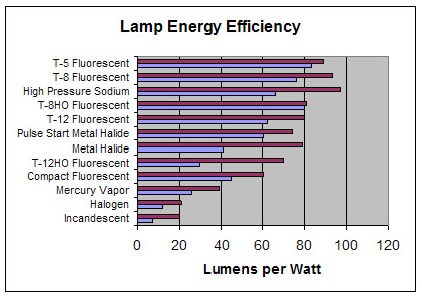
This image is property of californialightworks.com.
Suitable Applications for Metal Halide Lights
Large Horticultural Operations
Metal halide lights are commonly used in large-scale horticultural operations. These lights provide intense, high-intensity blue light that promotes vegetative growth. In large operations where efficiency is key, metal halide lights can be a cost-effective choice for nurseries, greenhouses, and commercial grow spaces.
Outdoor Cultivation
Metal halide lights can also be utilized for outdoor cultivation, particularly in regions with mild climates or during the vegetative stage of plant growth. These lights can supplement natural sunlight and provide the necessary light energy for plant development. However, it’s important to note that metal halide lights may require additional equipment for protection against weather elements.
Cost and Energy Efficiency Comparison
Initial Cost
LED grow lights generally have a higher upfront cost compared to metal halide lights. However, the initial investment in LED grow lights is offset by their long lifespan and energy efficiency. Over time, LED grow lights prove to be more cost-effective, as they consume less electricity and require fewer replacements.
Operating Cost
LED grow lights have a significant advantage when it comes to operating costs. These lights are highly energy efficient and can save you a considerable amount on your electricity bill compared to metal halide lights. Additionally, the extended lifespan of LED grow lights means you’ll spend less on replacements over time.
Return on Investment
Considering the energy efficiency, long lifespan, and reduced operating costs, LED grow lights offer a better return on investment compared to metal halide lights. While the upfront cost may be higher, the long-term savings and improved plant growth make LED grow lights a more economically viable choice.

This image is property of www.happyhydro.com.
Environmental Impact
LED Grow Lights
LED grow lights are environmentally friendly due to their energy efficiency and low carbon footprint. These lights consume less electricity, reducing the demand for energy from power plants that often rely on non-renewable sources. LED technology also produces very little waste, as the lights have an extended lifespan, resulting in fewer replacements.
Metal Halide Lights
Metal halide lights have a higher environmental impact compared to LED grow lights. These lights consume more electricity and produce more heat, resulting in increased energy consumption and CO2 emissions. Additionally, the shorter lifespan of metal halide lights leads to more frequent replacements, generating more waste.
Conclusion
When comparing LED grow lights with metal halide lights, it’s clear that LED grow lights offer numerous advantages, including energy efficiency, longer lifespan, customizable spectrum, low heat emission, and optimal use in indoor gardening, greenhouse cultivation, and vertical farming. Metal halide lights, on the other hand, excel in providing high-intensity light for vegetative growth and are more suited for large horticultural operations and outdoor cultivation.
Choosing the right lighting system depends on your specific needs and goals as a gardener or horticulturist. Consider factors such as plant requirements, space limitations, budget, and long-term sustainability. By carefully weighing the pros and cons of LED grow lights and metal halide lights, you can make an informed decision that will ultimately lead to successful plant growth and a bountiful harvest.
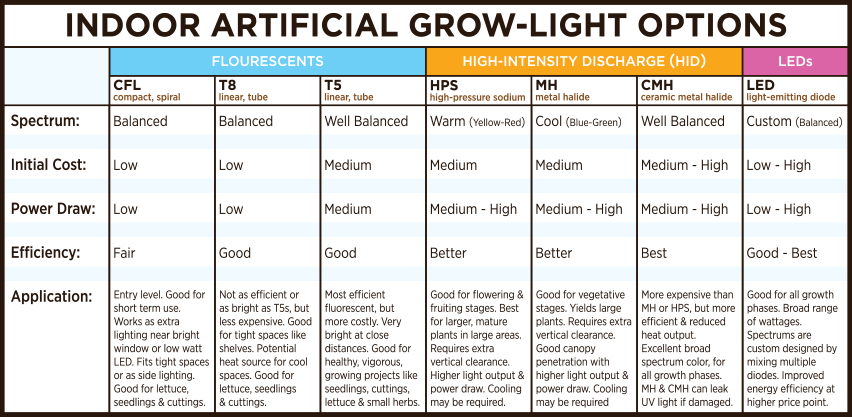
This image is property of albopepper.com.
Related Posts
Conventional vs. Organic Hydroponic Nutrients


0 (0) Are “Organic” nutrients really better for your system or for your customers? Find out in this video from…
Can You Profit From Hydroponics?
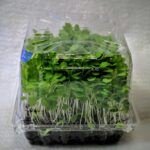

5 (8) Did you hear the story of a farmer who started growing strawberries? Yes? But, do you know he…
